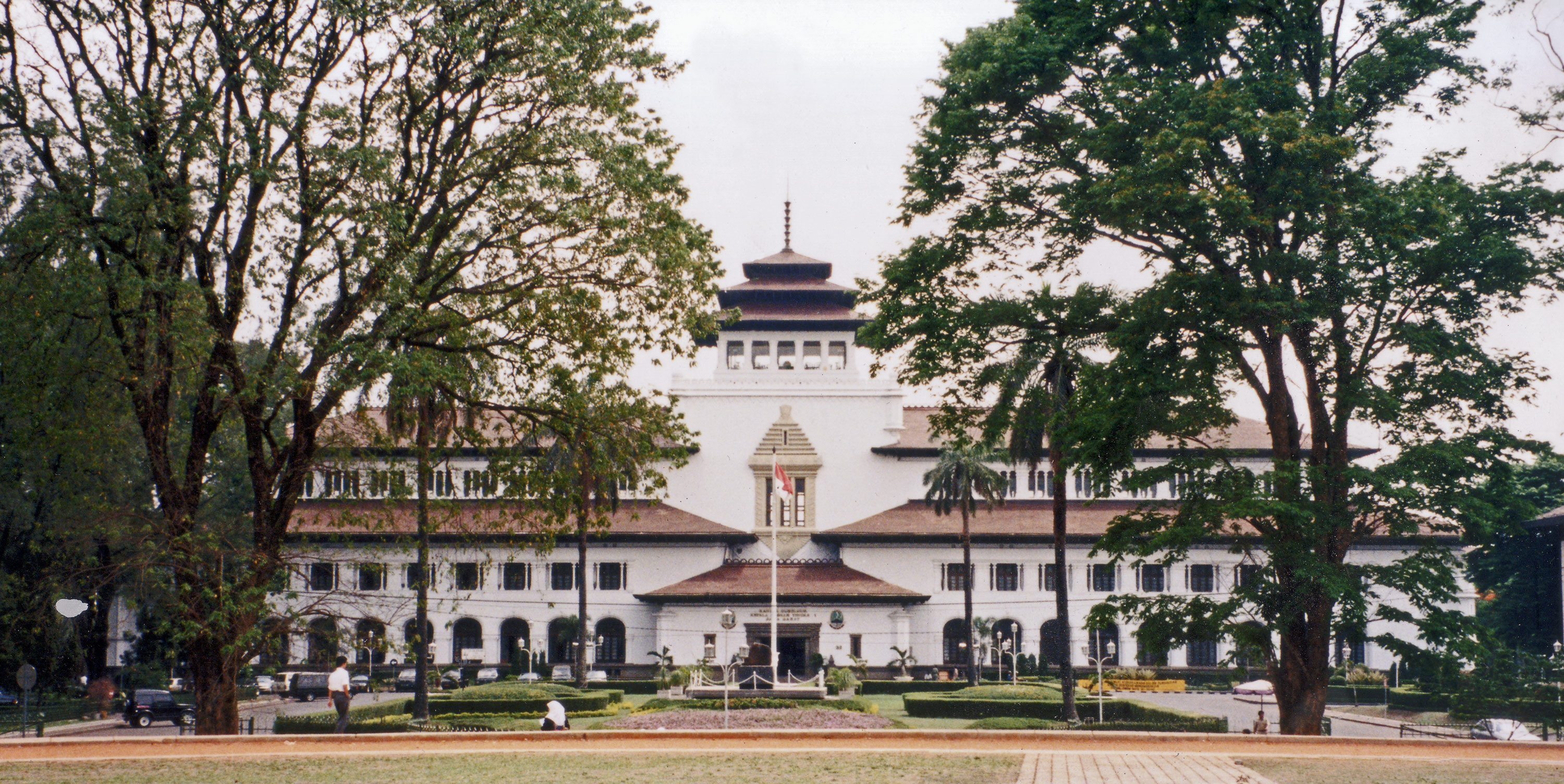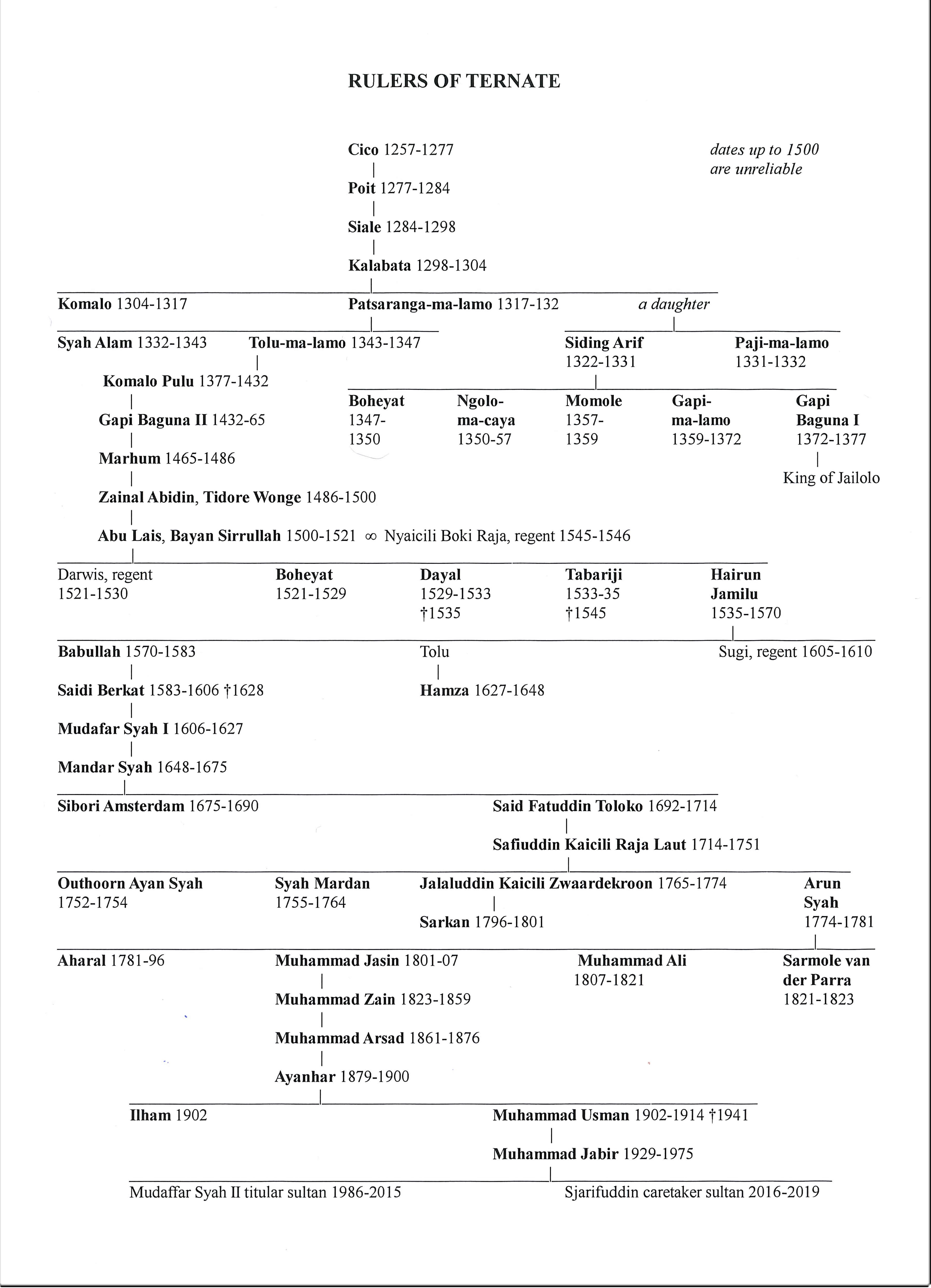|
Fak Fak
Fakfak () is a town in West Papua and seat of the Fakfak Regency. It had a population of 12,566 at the 2010 Census, which rose to 18,900 at the 2020 Census.Badan Pusat Statistik, Jakarta, 2021. It is served by Fakfak Airport. It is the only town in West Papua with a significant Muslim Indian and Arab Indonesian presence. History The former name of the settlement was ''Kapaur'' and it is still in use by biologists. Historically Fakfak was a significant port town, being one of the few Papuan towns that had relations with the Sultanate of Ternate, being bound to it. The Sultanate later granted the Dutch colonial government permission to settle in Papua, including in Fakfak. The Dutch began settlement in 1898. The town still has some colonial buildings remaining from this settlement. The Japanese 1st Detachment landed in Fakfak on April 1, 1942. The small Royal Netherlands East Indies Army garrison surrendered without a fight and later a small garrison of 67 men of the 24th Special ... [...More Info...] [...Related Items...] OR: [Wikipedia] [Google] [Baidu] |
Fakfak Airport
Fakfak Torea Airport ( id, Bandar Udara Torea Fakfak) , also known as Fak Fak Airport, is an airport serving Fakfak, located in the province A province is almost always an administrative division within a country or sovereign state, state. The term derives from the ancient Roman ''Roman province, provincia'', which was the major territorial and administrative unit of the Roman Empire ... of West Papua in Indonesia. Facilities The airport resides at an elevation of above mean sea level. It has one runway designated 10/28 with an asphalt surface measuring . Airlines and destinations References External links * {{authority control Airports in West Papua (province) ... [...More Info...] [...Related Items...] OR: [Wikipedia] [Google] [Baidu] |
Dutch East Indies
The Dutch East Indies, also known as the Netherlands East Indies ( nl, Nederlands(ch)-Indië; ), was a Dutch colony consisting of what is now Indonesia. It was formed from the nationalised trading posts of the Dutch East India Company, which came under the administration of the Dutch government in 1800. During the 19th century, the Dutch possessions and hegemony expanded, reaching the greatest territorial extent in the early 20th century. The Dutch East Indies was one of the most valuable colonies under European rule, and contributed to Dutch global prominence in spice and cash crop trade in the 19th to early 20th centuries. The colonial social order was based on rigid racial and social structures with a Dutch elite living separate from but linked to their native subjects. The term ''Indonesia'' came into use for the geographical location after 1880. In the early 20th century, local intellectuals began developing the concept of Indonesia as a nation state, and set the stage ... [...More Info...] [...Related Items...] OR: [Wikipedia] [Google] [Baidu] |
Rock Paintings
In archaeology, rock art is human-made markings placed on natural surfaces, typically vertical stone surfaces. A high proportion of surviving historic and prehistoric rock art is found in caves or partly enclosed rock shelters; this type also may be called cave art or parietal art. A global phenomenon, rock art is found in many culturally diverse regions of the world. It has been produced in many contexts throughout human history. In terms of technique, the four main groups are: * cave paintings, * petroglyphs, which are carved or scratched into the rock surface, * sculpted rock reliefs, and * geoglyphs, which are formed on the ground. The oldest known rock art dates from the Upper Palaeolithic period, having been found in Europe, Australia, Asia, and Africa. Anthropologists studying these artworks believe that they likely had magico-religious significance. The archaeological sub-discipline of rock art studies first developed in the late-19th century among Francophone scholars ... [...More Info...] [...Related Items...] OR: [Wikipedia] [Google] [Baidu] |
Free Papua Movement
"Free Papua Movement" ( id, Organisasi Papua Merdeka, OPM, tpi, Fri Wes Papua Grup) is an umbrella term for the independence movement established during 1965 in the West Papuan or West New Guinea territory which is currently being administrated by Indonesia as the provinces of Papua and West Papua, also formerly known as Papua, Irian Jaya and West Irian. The movement consists of three elements: a disparate group of armed units each with limited territorial control with no single commander; several groups in the territory that conduct demonstrations and protests; and a small group of leaders based abroad that raise awareness of issues in the territory whilst striving for international support for independence. Since its inception the OPM has attempted diplomatic dialogue, conducted Morning Star flag-raising ceremonies, and undertaken militant actions as part of the Papua conflict. Supporters routinely display the Morning Star flag and other symbols of Papuan unity, such as t ... [...More Info...] [...Related Items...] OR: [Wikipedia] [Google] [Baidu] |
Limestone
Limestone ( calcium carbonate ) is a type of carbonate sedimentary rock which is the main source of the material lime. It is composed mostly of the minerals calcite and aragonite, which are different crystal forms of . Limestone forms when these minerals precipitate out of water containing dissolved calcium. This can take place through both biological and nonbiological processes, though biological processes, such as the accumulation of corals and shells in the sea, have likely been more important for the last 540 million years. Limestone often contains fossils which provide scientists with information on ancient environments and on the evolution of life. About 20% to 25% of sedimentary rock is carbonate rock, and most of this is limestone. The remaining carbonate rock is mostly dolomite, a closely related rock, which contains a high percentage of the mineral dolomite, . ''Magnesian limestone'' is an obsolete and poorly-defined term used variously for dolomite, for limes ... [...More Info...] [...Related Items...] OR: [Wikipedia] [Google] [Baidu] |
Fakfak Mountains
Fakfak Mountains ( id, Pegunungan Fakfak) are located on Bomberai Peninsula to the north of Fakfak in West Papua province, Indonesia. Geography Topography includes the following top elevations in Fakfak Mountains: *''Baham'' at 613 m (coordinates 3.0719 ° S 132.6935 ° E ) *''Gunung Weri'' at 537 m (coordinates 3.2098 ° S 132.7128 ° E ) *''Patimun'' at 499 m (coordinates 3.0444 ° S 132.5228 ° E ) *''Samai'' at 980 m (coordinates 3.1118 ° S 132.6206 ° E ) Flora and fauna Fauna of the Fakfak Mountains includes the black-eared catbird and ''Oninia senglaubi'', a member of the family of the narrow-mouthed frogs (Microhylidae).Darrel R. Frost''Oninia senglaubi'' Amphibian Species of the World, an Online Reference, Version 6.0. American Museum of Natural History, New York 1998–2015, retrieved 21 December 2015. Bird species recorded at FakFak Mountains: *Papuan Eagle *Papuan Pitta *Vogelkop Bowerbird *Black Berrypecker *Little Shrikethrush *Greater Melampitta *Banded Yellow ... [...More Info...] [...Related Items...] OR: [Wikipedia] [Google] [Baidu] |
Bomberai Peninsula
Bomberai Peninsula ( id, Semenanjung Bomberai), otherwise known as the Bird's Beak Peninsula ( id, Semenanjung Paruh Burung), is located in the Western New Guinea region, opposite to and to the south of the Bird's Head Peninsula. To the west lies the Sebakor Bay and to the south Kamrau Bay. Sabuda island lies off the western tip of the peninsula, and is separated from the mainland by Berau and Bintuni straits. Geography The entire peninsula is covered by a dense tropical rainforest, and most of the peninsula consists of a marshy plain. Together with the eastern region of Bird's Head Peninsula and offshore islands, the Bomberai Peninsula forms the Indonesian province of West Papua ( id, Papua Barat). The western part of the peninsula is part of Fakfak Regency, the north belongs to Teluk Bintuni Regency and the southeast to Kaimana Regency. It is a wide peninsula that opens to the Ceram Sea, forming a wide bay, Sebakor Bay, defined by two small peninsulas: *to the northwest ... [...More Info...] [...Related Items...] OR: [Wikipedia] [Google] [Baidu] |
Teluk Toran Fakfak Papua
Teluk is a village in the Batang Hari Regency in the Jambi Province of Sumatra, Indonesia Indonesia, officially the Republic of Indonesia, is a country in Southeast Asia and Oceania between the Indian and Pacific oceans. It consists of over 17,000 islands, including Sumatra, Java, Sulawesi, and parts of Borneo and New Guine .... Fallingrain world gazetteer References External linksSatellite map at Maplandia.com Populated places in Jambi {{Jambi-geo-stub ... [...More Info...] [...Related Items...] OR: [Wikipedia] [Google] [Baidu] |
Royal Netherlands East Indies Army
The Royal Netherlands East Indies Army ( nl, Koninklijk Nederlands Indisch Leger; KNIL, ) was the military force maintained by the Kingdom of the Netherlands in its colony of the Dutch East Indies, in areas that are now part of Indonesia. The KNIL's air arm was the Royal Netherlands East Indies Army Air Force. Elements of the Royal Netherlands Navy and Government Navy were also stationed in the Netherlands East Indies. History 1814–1942 The KNIL was formed by royal decree on 14 September 1814. It was not part of the Royal Netherlands Army, but a separate military arm specifically formed for service in the Netherlands East Indies. Its establishment coincided with the Dutch drive to expand colonial rule from the 17th century area of control to the far larger territories constituting the Dutch East Indies seventy years later. The KNIL was involved in many campaigns against indigenous groups in the area including the Padri War (1821–1845), the Java War (1825–1830), crushin ... [...More Info...] [...Related Items...] OR: [Wikipedia] [Google] [Baidu] |
Colonial Architecture Of Indonesia
The colonial architecture of Indonesia refers to the buildings that were created across Indonesia during the Dutch colonial period, during that time, this region was known as the Dutch East Indies. These types of colonial era structures are more prevalent in Java and Sumatra, as those islands were considered more economically significant during the Dutch imperial period. As a result of this, there is a large number of well preserved colonial era buildings that are still densely concentrated within Indonesian cities in Java and Sumatra to this day. In the rest of the archipelago, there is also a sizeable amount of old Dutch East India Company (VOC) era forts and warehouses that were built during the Dutch colonial period of Indonesia, particularly around the Maluku Islands and Sulawesi, though these tend to be more scattered about and in less dense concentrations compared to those found on Java and Sumatra. The three styles of colonial architecture in Indonesia are: * Old Indies ... [...More Info...] [...Related Items...] OR: [Wikipedia] [Google] [Baidu] |
Sultanate Of Ternate
The Sultanate of Ternate (Jawi alphabet: كسلطانن ترنتاي), previously also known as the Kingdom of Gapi is one of the oldest Muslim kingdoms in Indonesia besides Tidore, Jailolo, and Bacan. The Ternate kingdom was established by Momole Cico, the first leader of Ternate, with the title Baab Mashur Malamo, traditionally in 1257. It reached its Golden Age during the reign of Sultan Baabullah (1570–1583) and encompassed most of the eastern part of Indonesia and a part of southern Philippines. Ternate was a major producer of cloves and a regional power from the 15th to 17th centuries. The dynasty founded by Baab Mashur Malamo continues to the present, as does the Sultanate itself, although it no longer holds any political power. History Pre-colonial period The sultanate was originally named the Kingdom of Gapi, but later changed the name to be based on that of its capital, Ternate. Originally there were four villages in Ternate and led by clan leaders called Mom ... [...More Info...] [...Related Items...] OR: [Wikipedia] [Google] [Baidu] |




